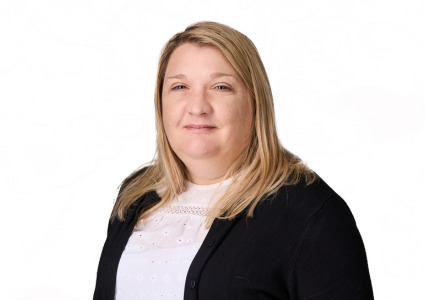If you’re looking to remortgage your home, our experienced remortgage conveyancing team will guide you through the process. Contact us on 01225 755656, or by completing the Contact Form at the foot of this page.Request a remortgage conveyancing quote online. |
Changing mortgage lender
A remortgage describes applying for a new mortgage with a different lender while staying in your home. This is different to borrowing more money from your current mortgage lender.
People remortgage for a variety of reasons. For example, it may be that:
- your current mortgage deal is ending and a better deal is available elsewhere;
- your loan-to-value ratio has improved, giving you access to a broader range of products; or
- you may be looking to raise money for home improvements or for a particular purchase.
Do I need a solicitor to remortgage?
Applying for a further advance from your current mortgage lender is considered a ‘product transfer’. This requires no additional legal work, and you will not need a remortgage conveyancing solicitor.
If, on the other hand, you have a new lender, you will need a conveyancing solicitor to deal with the remortgage conveyancing process.
Remortgage Conveyancing Quote
Request a remortgage conveyancing quote online. |
Remortgage process
Checks and investigations
- Your solicitor will check the identity of each person named in the mortgage and property deeds and carry out the necessary money laundering checks. Find out why ID checks are necessary.
- If you are paying off part or all of your existing mortgage, your solicitor must check the source of your funds. This is in accordance with the anti-money laundering regulations. The source will determine the evidence you will need to provide.
- Your remortgage conveyancing solicitor obtains the title registration documents from HM Land Registry. These are called Official Copies and confirm you are the legal owner of the property you wish to remortgage. These documents also detail any legal charges registered against the property. Your solicitor will need to apply to remove the existing lender’s legal charge over the property following repayment of the mortgage.
Mortgage offer
Your lender issues the formal mortgage offer to your remortgage conveyancing solicitor. This sets out what needs to be done to satisfy the mortgage lender’s requirements.
Final checks
- Your solicitor requests a current mortgage statement from your existing lender, confirming the amount required to redeem (pay off) the mortgage.
- Your solicitor applies for those searches required to satisfy your new lender’s property search requirements. Most require only a Local Authority Search and some will accept a search indemnity policy instead, which is a quicker and cheaper option. Find out more about property searches.
- Your remortgage conveyancing solicitor requests a pre-completion search called an ‘Official search with priority: whole title (OS1)’, which prevents any other charges from being registered against the property during the ‘priority period’, which is 30 days. If completion cannot take place within the priority period, another OS1 must be requested before completion can take place.
- Your solicitor carries out a bankruptcy search to confirm that none of the legal owners is bankrupt.
Arrangements for completion
- Once your remortgage conveyancing solicitor is satisfied that all registered owners of the property, and the property itself, meet the new lender’s conditions, a completion date is agreed.
- Finally, your solicitor sends a ‘Certificate of Title’ to your new lender. This confirms that everything is satisfactory and requests that the new lender releases the remortgage funds.
Remortgage Land Registry fee and other costs
Prior to completion, your remortgage conveyancing solicitor will send to you a statement. This will confirm:
- the total outstanding balance required to complete the remortgage; or
- the amount of money you will receive once the remortgage conveyancing process completes.
In addition to setting out the mortgage advance from your new lender, the remortgage completion statement will also include an itemised list of fees and disbursements, including:
- legal fees;
- Local Authority search fees;
- HM Land Registry fees;
- Fees for ID and bankruptcy checks.
What happens on remortgage completion day
As soon as your solicitor receives the mortgage funds from the new lender and is ready to complete, they will:
- use these funds to redeem (repay) your current mortgage;
- settle your lender’s legal fees and disbursements; and
- account to you for any balance.
Once your remortgage has completed, your conveyancing solicitor must register the new mortgage at HM Land Registry. It’s worth noting that HM Land Registry can take some time to update the register to record your new mortgage, particularly if your property is leasehold.
Remortgage process timescale
The remortgage conveyancing process is more straightforward than for a property purchase or sale. In most cases, the process takes between four and eight weeks.
Mortgage brokers
We work closely with a number of reputable mortgage brokers and can recommend one to you.









